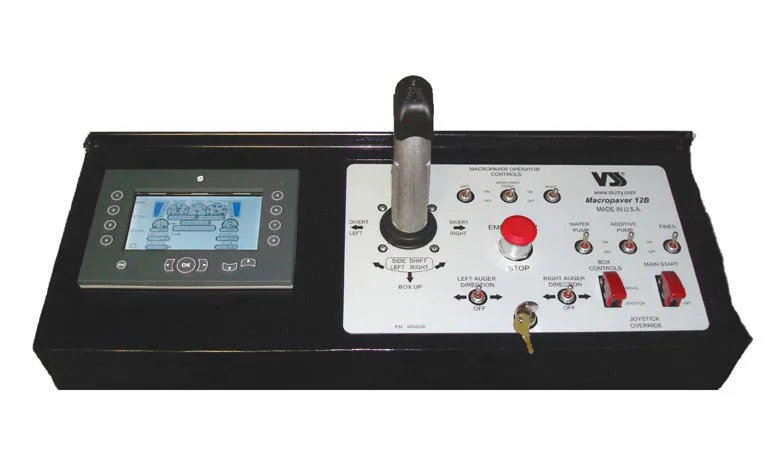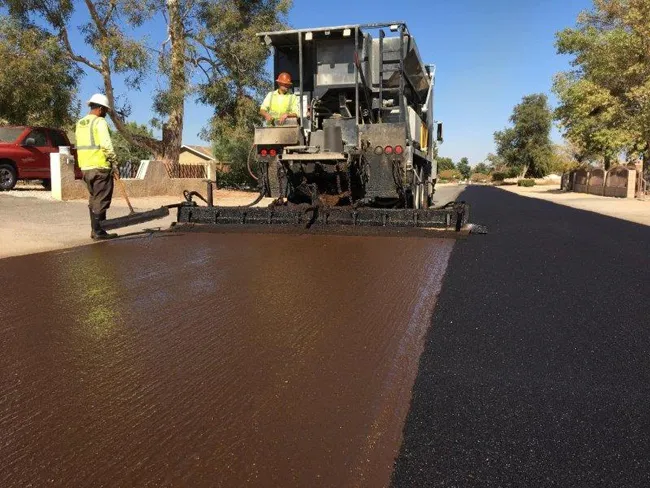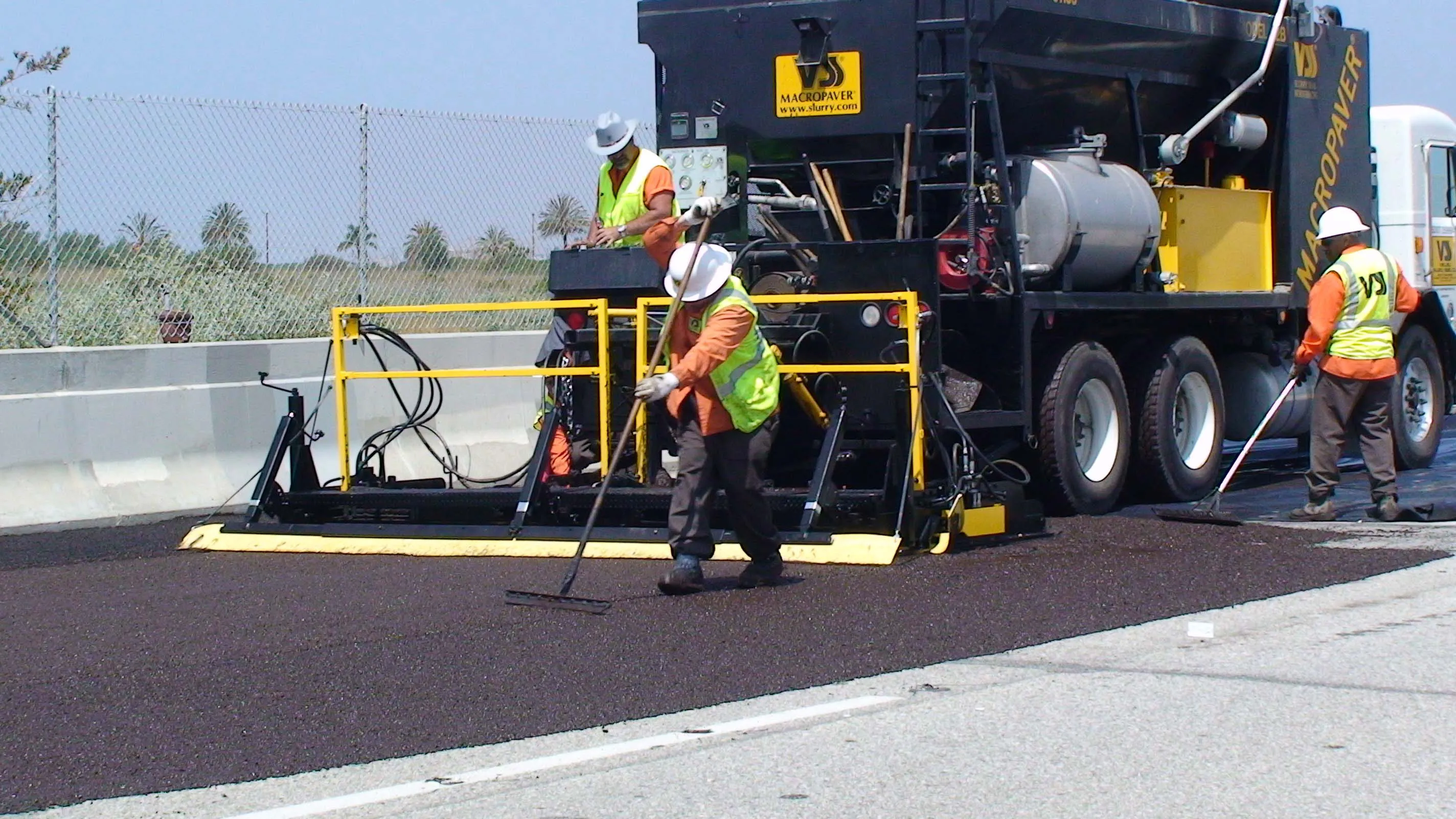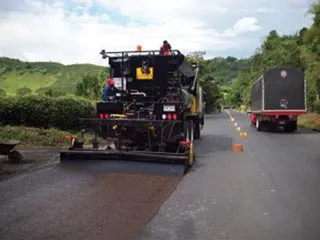A special emulsion is being used at the largest gold mine in South America for slurry surfacing on its compacted, unpaved roads. The result is said to be greatly curtailed particulate emissions and enhanced visibility which makes roads safer and reduces regional haze.
March 14, 2012
Read time: 4 mins
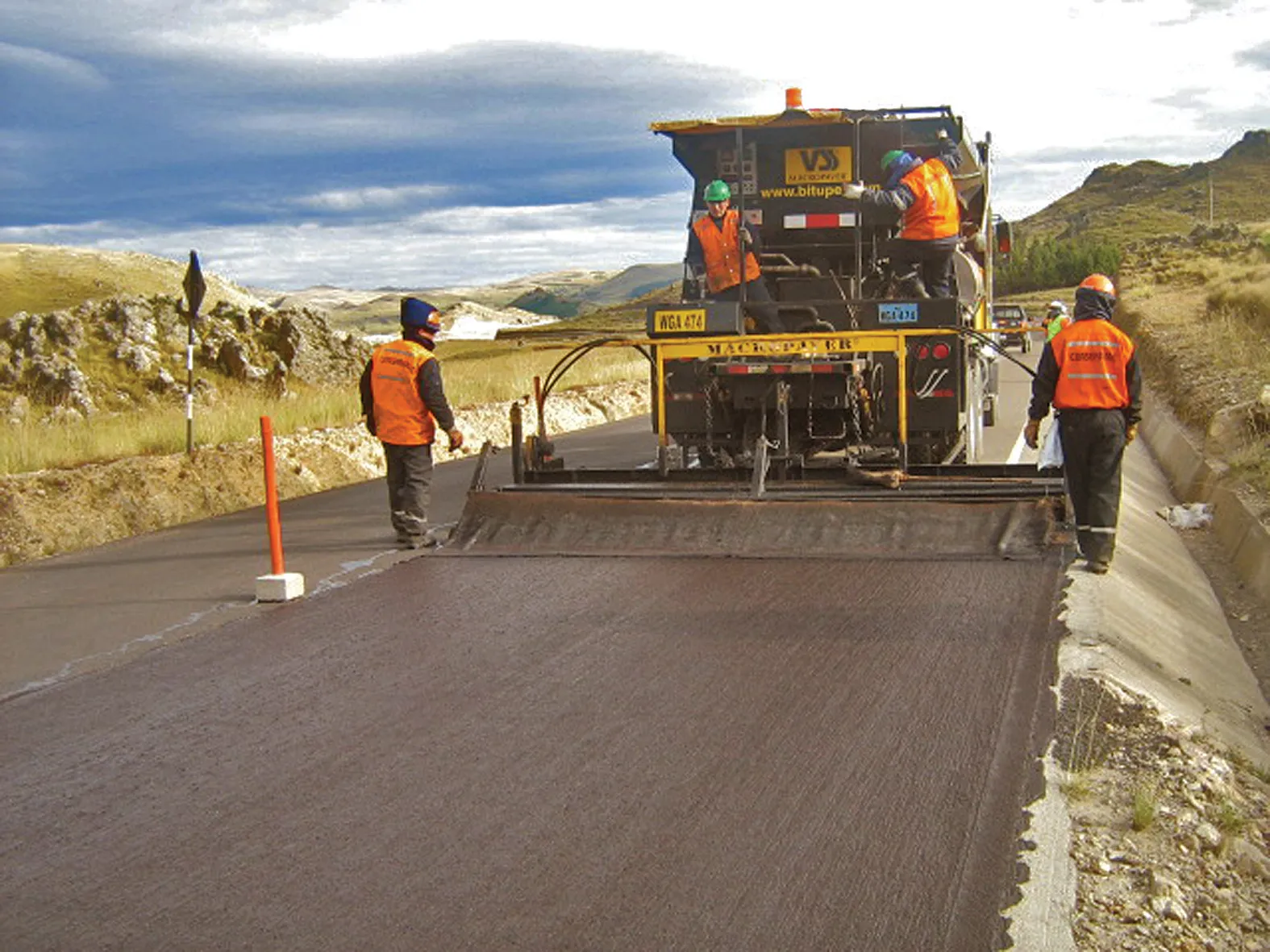
RSS
For the Yanacocha Mine in the Andes Mountains near Cajamarca, some 1,000km northeast of the capital Lima, this means winter's muddy roads are eliminated, which reduces erosion and non-point water pollution. And in an arid, mountainous region, the mine is saving hundreds of thousands of litres of water each year, now not needed to suppress dust along the access roads. Moreover, the asphalt emulsion used in the slurry is "environmentally friendly, with no volatile organic compound (VOC) emissions," which is important as Yanacocha operates at 3,500m to 4,100m above sea level, and is under heavy scrutiny from its neighbours and from environmental agencies.
Yanacocha is using Bitusoil agglutinised asphalt emulsion from Bituper S.A.C. based in Lima in the slurry surfacing, and is placing it using a Macropaver Model 12B slurry machine from360 VSS Macropaver, a division of Reed International, Hickman, California, US. The maximum road height at which slurry has been placed with the Macropaver is 4,000m above sea level.
The slurry surfacing of its roads is part of Yanacocha's ongoing commitment to environmental excellence in its operations.
Bituper S.A.C. owns and operates the 12B Macropaver for Conserminc, a contractor working for the mine.
Every year during dry season (April to September or October) the mine has the opportunity to maintain its access roads. In 2007, some 315,000m² of roadway was slurry surfaced between May and November by Bituper using the 12B Macropaver.
The mine began dust control on its roads after 1997 when excessive road dust led to a government citation. As a result the company spent as much as US$1.5 million/year on dust suppression using water, said Hans Krumdiek, general manager, Bituper.
"One problem is that there never seems to be enough water. All the communities near the mine are agricultural-based and must share the water supply with the mine. The mine's putting extra water on the road for dust suppression was not popular." In response, Bituper placed an approximately 100m slurry seal on an access road. At the same time the mine tried other dust palliatives.
"They tried different products for five years, and in 2003 they told us our slurry seal over a compacted, unpaved road was the best," Krumdiek said. Last year it placed slurry seal on 35km of roads, and the Macropaver will again be used this year.
"People who work in the mine, and those who deliver to the mine, are much safer now with the slurry-paved roads," said Krumdiek.
Bituper manufactures the slow-set, cationic Bitusoil asphalt emulsion, which is said to have great advantages against the damages that automobiles, buses and trucks can do to a road.
"Bitusoil has no polymer modifiers, but it is a special recipe, an organic compound, not a conventional asphalt emulsion. It has no segregation of asphalt globules; you can store it for six months with no segregation. It is not a cutback emulsion with VOCs nor a hot mix asphalt." The slurry surfacing is placed by the Macropaver at a depth of 10mm over broken granular base, where it will protect the driving surface, waterproof the road structure, and resist tyre abrasion. It is an3860 International Slurry Surfacing Association (ISSA) Type II slurry surfacing, with a maximum 7.6cm aggregate size, and a variable curing time of one to four hours, depending on the ambient conditions. Limestone is used for the aggregate.
"We are now trying to convince the owners of Compania Minera Yanacocha to seal the internal roads because they are near 363tonne haul trucks used to carry raw materials for the refinement of gold, and they generate dust and put much wear on the haul roads," said Krumdiek.
When the dry season ends, Bituper uses its 12B Macropaver elsewhere in Peru, on a variety of projects including airport access roads, airport 'tarmacs', and secondary roads around the airports. At the Chiclayo international airport it placed more than 60,000m² on pavements; a similar area was slurry surfaced on the principal runway at Cuzco, and slurry surfacing was also carried out at an airport at Aequipa
RSS
A special emulsion is being used at the largest gold mine in South America for slurry surfacing on its compacted, unpaved roads.
The result is said to be greatly curtailed particulate emissions and enhanced visibility which makes roads safer and reduces regional haze.For the Yanacocha Mine in the Andes Mountains near Cajamarca, some 1,000km northeast of the capital Lima, this means winter's muddy roads are eliminated, which reduces erosion and non-point water pollution. And in an arid, mountainous region, the mine is saving hundreds of thousands of litres of water each year, now not needed to suppress dust along the access roads. Moreover, the asphalt emulsion used in the slurry is "environmentally friendly, with no volatile organic compound (VOC) emissions," which is important as Yanacocha operates at 3,500m to 4,100m above sea level, and is under heavy scrutiny from its neighbours and from environmental agencies.
Yanacocha is using Bitusoil agglutinised asphalt emulsion from Bituper S.A.C. based in Lima in the slurry surfacing, and is placing it using a Macropaver Model 12B slurry machine from
The slurry surfacing of its roads is part of Yanacocha's ongoing commitment to environmental excellence in its operations.
Bituper S.A.C. owns and operates the 12B Macropaver for Conserminc, a contractor working for the mine.
Every year during dry season (April to September or October) the mine has the opportunity to maintain its access roads. In 2007, some 315,000m² of roadway was slurry surfaced between May and November by Bituper using the 12B Macropaver.
The mine began dust control on its roads after 1997 when excessive road dust led to a government citation. As a result the company spent as much as US$1.5 million/year on dust suppression using water, said Hans Krumdiek, general manager, Bituper.
"One problem is that there never seems to be enough water. All the communities near the mine are agricultural-based and must share the water supply with the mine. The mine's putting extra water on the road for dust suppression was not popular." In response, Bituper placed an approximately 100m slurry seal on an access road. At the same time the mine tried other dust palliatives.
"They tried different products for five years, and in 2003 they told us our slurry seal over a compacted, unpaved road was the best," Krumdiek said. Last year it placed slurry seal on 35km of roads, and the Macropaver will again be used this year.
"People who work in the mine, and those who deliver to the mine, are much safer now with the slurry-paved roads," said Krumdiek.
Bituper manufactures the slow-set, cationic Bitusoil asphalt emulsion, which is said to have great advantages against the damages that automobiles, buses and trucks can do to a road.
"Bitusoil has no polymer modifiers, but it is a special recipe, an organic compound, not a conventional asphalt emulsion. It has no segregation of asphalt globules; you can store it for six months with no segregation. It is not a cutback emulsion with VOCs nor a hot mix asphalt." The slurry surfacing is placed by the Macropaver at a depth of 10mm over broken granular base, where it will protect the driving surface, waterproof the road structure, and resist tyre abrasion. It is an
"We are now trying to convince the owners of Compania Minera Yanacocha to seal the internal roads because they are near 363tonne haul trucks used to carry raw materials for the refinement of gold, and they generate dust and put much wear on the haul roads," said Krumdiek.
When the dry season ends, Bituper uses its 12B Macropaver elsewhere in Peru, on a variety of projects including airport access roads, airport 'tarmacs', and secondary roads around the airports. At the Chiclayo international airport it placed more than 60,000m² on pavements; a similar area was slurry surfaced on the principal runway at Cuzco, and slurry surfacing was also carried out at an airport at Aequipa
RSS


